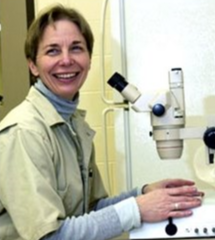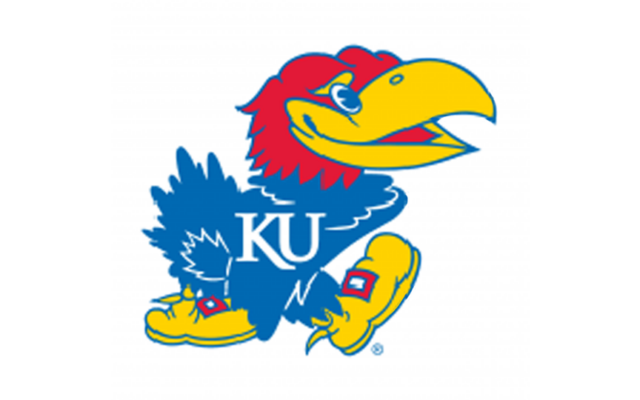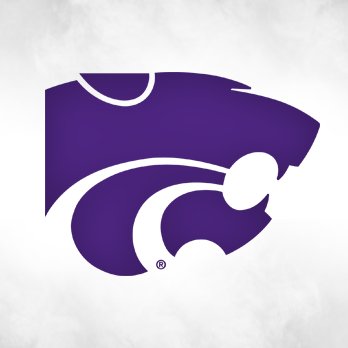Conformation Often Overlooked In Reproductive Ability Of Mares


“How a mare is shaped can often determine how reproductive she is.”
With longer warmer days, mares are showing signs of interest in mating. Their owners are discussing who the next foal’s father should be.
Little consideration is typically given to how the mare herself is built and how it might affect reproduction.
“Equine reproductive conformation matters,” according to Dr. Michelle LeBlanc, who spent decades working on the mare side of equine reproduction.
“Breeding a mare is much easier if she is built for the job,” the prominent horse veterinarian emphasized.
“The mare’s external form counts when you’re assessing her ability to function as a broodmare,” Dr. LeBlanc pointed out.
Perhaps technical for lay horse owners, LeBlanc explained the importance of a mare’s “perineal conformation.”
The “perineum,” LeBlanc detailed, “is the group of muscles located between the anus and the vulva.”
Straight forward in discussion LeBlanc said, “Looking at the vulva and the anus, they should be vertical with no tilt. If there’s a tilt, the rectum often looks sunken in and the vulva slants toward the mare’s head.”
It’s not uncommon for mares with a tilted perineal conformation to contaminate the vagina with fecal material, she stated.
Location of the vulva in relation to the pelvis is of utmost importance, the veterinarian graphically explained.
“There are some mares who may aspirate small amounts of fecal material into their vulva,” LeBlanc detailed. “That’s because much of the vulva is open above the brim of the pelvis even though they’re not tilted.”
A mare with a tilt to her perineum or too much vulva above the pelvic rim may require a “Caslick’s procedure.”
To prevent contamination, the veterinarian sutures shut the lips of the vulva to the brim of the mare’s pelvis.
Poor reproductive conformation can cause vaginal contamination from air or feces, infections, urine pooling and difficulty foaling causing tears.
“If a mare is dealing with infection and uterus fluid, I check if she needs a Caslick’s,” said Dr. LeBlanc.
Actually, many factors can cause poor reproductive conformation. “Perhaps the most common factors relate to physical changes in the mare that occur over time,” LeBlanc said. “That is due to aging as well as the number and size of the mare’s foals.”
With age and after carrying several foals, a mare’s broad ligaments that maintain stability in the uterus generally stretch. “That causes the uterus to drop further down into the abdomen,” she clarified.
“If a mare has a large foal, then the uterus drops lower and eventually does not snap back,” LeBlanc said. “This situation occurs especially if the mare has had a lot of big and heavy foals.”
Injuries can be caused by very large foals, pulling a foal before the mare relaxes, and rips in a vulva.
“Body condition can also have an impact on a mare’s foaling,” LeBlanc informed. “Simply being underweight can cause a mare’s perineum to tilt.”
Fat is necessary to maintain the proper relationship between the vulva and the pelvis, LeBlanc explained.
“If a mare gets too thin, the lack of fat can cause the vulva and pelvis to shift out of position,” she said. “Good body condition in broodmares is very important.”




